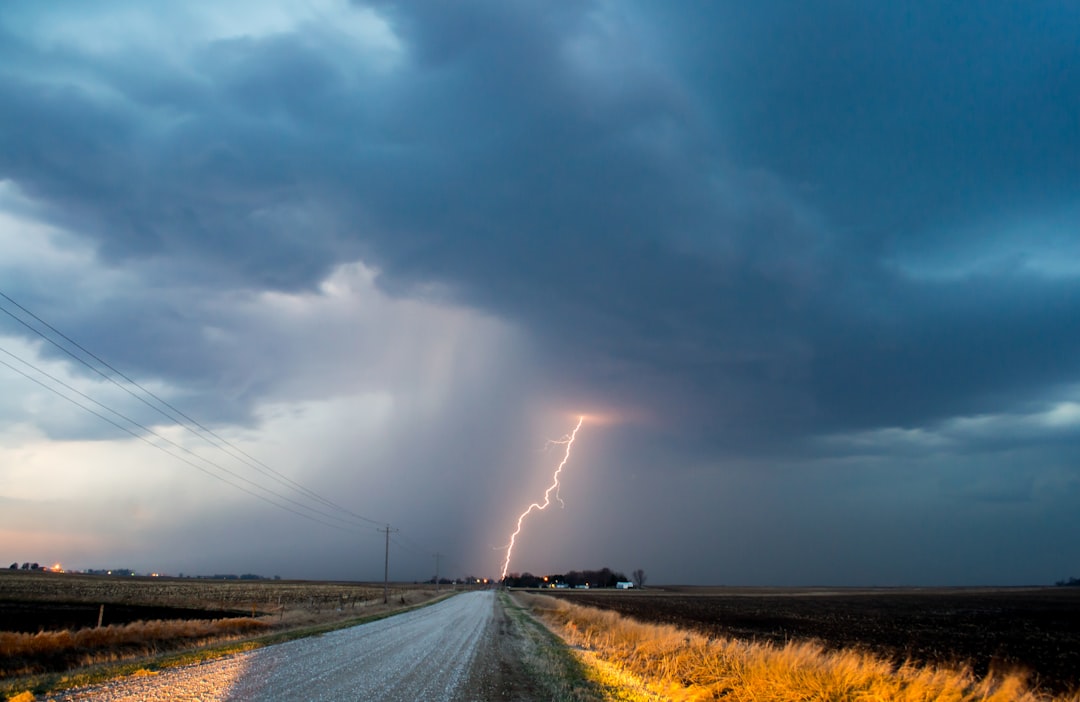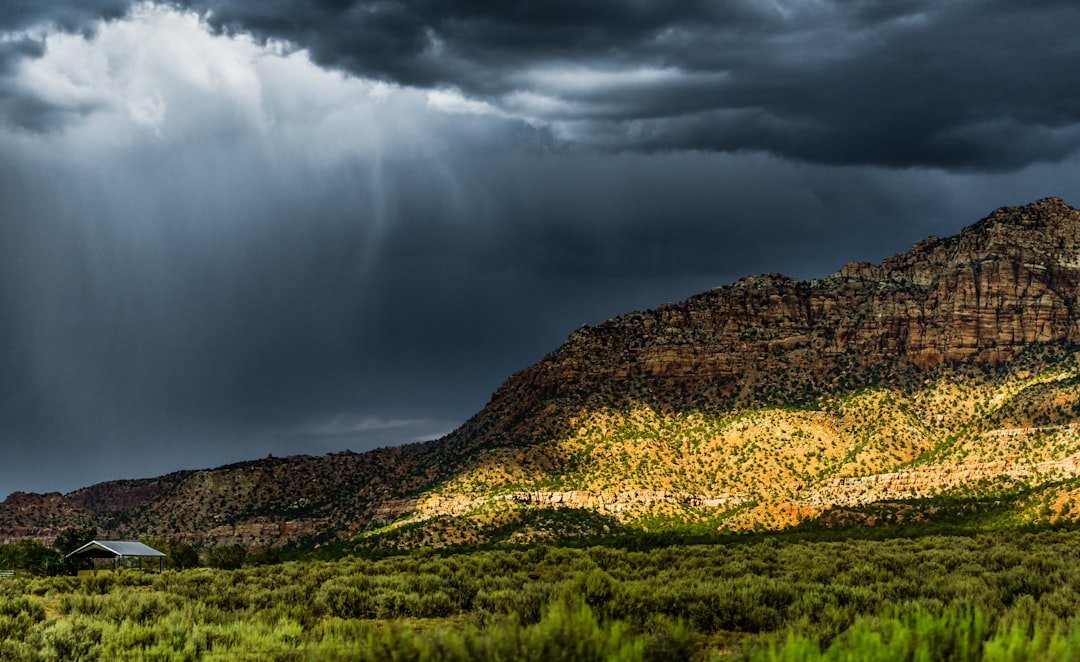Miami-Dade’s climate presents a unique challenge to roof maintenance, combining intense sun exposure, high humidity, hurricane threats, and frequent heavy rainfall. Homeowners must understand how these weather conditions accelerate roof wear and formulate maintenance routines accordingly. This article explores how each aspect of the local weather impacts roofing materials, what preventive measures are essential, and how regular inspections and repairs can safeguard roofs against Miami-Dade’s harsh environmental factors. From UV damage and moisture buildup to wind-borne debris, the complexities of maintaining durable roofs in this subtropical region require expertise and diligence to ensure homes remain secure and aesthetically pleasing.
How Miami-Dade’s Weather Challenges Influence Roof Maintenance Strategies
Miami-Dade County is renowned for its splendid beaches and year-round warm climate, which draw residents and tourists alike. Yet, the very weather that makes the area attractive is also tough on roofs. Intense sunlight combined with ultra-violet rays gradually degrades roofing materials, while Miami’s famously high humidity encourages mold and algae that threaten roofing integrity. Adding to the complexity are seasonal heavy rains and hurricanes that impose physical damage risks from water penetration and powerful winds.
This environment requires homeowners to adopt highly tailored roof maintenance plans. Regular inspections, timely repairs, and selecting materials designed to endure Miami’s climate are not just options—they are necessities. Given the diversity of roof types in the area, including asphalt shingles, tiles, and metal roofing, understanding how weather interacts with these surfaces is crucial to extending roof longevity. This article examines these interactions in detail and offers actionable insights for Miami-Dade residents seeking to protect their roofs effectively over the years.
The Impact of Intense Sun and UV Rays on Miami-Dade Roofs
Miami’s subtropical climate subjects roofs to relentless sunlight and heat throughout the year. The combination of high temperatures and UV radiation accelerates material degradation, especially for conventional roofing components.
How UV Exposure Deteriorates Roofing Materials
Ultraviolet rays disrupt the chemical bonds in roofing materials, causing shingles to crack, curl, or fade prematurely. Asphalt shingles, often favored for cost-effectiveness, are particularly vulnerable. The sun’s heat also incites expansion during the day and contraction at night, creating stress that can lead to structural fatigue and eventual failure.
Metal roofs, though generally more UV-resistant, are not immune. Prolonged exposure often leads to surface oxidation and paint deterioration, potentially exposing the metal to rust over time if not properly treated.
Protective Solutions Against Sun Damage
- Cool Roofing Materials: These products have reflective properties to deflect solar radiation, reducing roof temperatures substantially.
- Light-Colored coatings: Applying reflective coatings or using light colors can minimize heat absorption.
- Treated Asphalt Shingles: Some brands like GAF and Owens Corning provide specially coated shingles that resist UV degradation better.
For example, many Miami homeowners opt for cool roof coatings during repainting or roof replacement projects to mitigate sun damage while improving energy efficiency. These coatings also contribute to lowering home cooling costs by reducing heat transfer through the roof.
The cyclical variation in temperature causes materials to expand and contract daily, producing micro-fractures. Regular inspections help detect these early signs before they evolve into leaks. Timing roof maintenance before the peak summer months is advisable to maximize protection against solar wear.
| Roof Material | Vulnerability to Sun Damage | Recommended Protective Measures |
|---|---|---|
| Asphalt Shingles | High (cracking, curling, fading) | Use reflective coatings or cool roofing shingles |
| Metal Roofs | Moderate (oxidation, fading) | Apply UV-resistant paint and sealants |
| Tile Roofs | Low to Moderate (color fading, slight thermal stress) | Regular cleaning and sealant application |

Humidity and Moisture: The Hidden Dangers to Roof Durability
High humidity is a signature element of Miami-Dade’s climate, ranging frequently above 70%. This persistent moisture creates a breeding ground for biological growth and material deterioration.
Mold, Algae, and Mildew Growth
The combination of warm temperatures and moisture encourages the proliferation of mold, mildew, and algae across roof surfaces, particularly on shingles and tiles. These organisms not only cause unsightly staining but also accelerate material decay and can lead to health issues if spores infiltrate indoor spaces.
Algae growth, often seen as dark streaks, compromises the roof’s protective granules. Over time, this weakens the shingles’ water-resistant properties and may cause leaks or rot in underlying structures. Several premium shingle manufacturers such as CertainTeed and TAMKO offer algae-resistant products to mitigate this issue.
Moisture Intrusion and Wood Rot
Persistent humidity may also lead to moisture accumulation beneath roofing layers. When water seeps past cracks or broken seals, it encourages wood rot in roof decks and supports. This decay can compromise structural integrity and increase repair costs dramatically.
- Regular Roof Cleaning: Soft washing techniques using low-pressure water and eco-friendly cleaners effectively remove biological growth without damaging roof surfaces.
- Ventilation Systems: Proper attic ventilation reduces condensation buildup, minimizing moisture-related problems inside the roof structure.
- Sealant Applications: Regular use of high-quality sealants according to manufacturer specifications seals vulnerable points, such as flashing and vents.
For long-term results, partnering with local Miami roof maintenance experts ensures scheduled cleaning and inspections with products tailored to the environment. Keeping your roof dry is the first line of defense against humidity damage.
| Issue | Cause | Preventive Measures |
|---|---|---|
| Mold & Algae | High humidity + warmth | Regular cleaning, algae-resistant shingles |
| Wood Rot | Water penetration from leaks | Prompt repairs, good attic ventilation |
| Roof Staining | Moisture + airborne spores | Soft washing and sealant application |
Heavy Rainfall Effects and Proper Water Management for Miami Roofs
With tropical downpours common in Miami-Dade, managing water flow off roofs is essential for preventing leaks and structural damage. Roofs must withstand not only steady rain but sudden torrents often linked with thunderstorms and tropical storms.
Consequences of Poor Drainage
Water pooling on roofs or clogged gutters increases the likelihood of leaks, mold growth, and rot. Excess water can also damage roofing materials directly, failing protective membranes and causing deterioration. Foundation damage can occur if water is not diverted away from the house properly.
Effective Rainwater Handling Practices
- Gutter Cleaning and Repair: Clearing leaves, dirt, and debris at least twice a year, ideally before and after hurricane seasons, helps maintain flow capacity.
- Downspout Extensions: Extending downspouts at least four feet from the foundation prevents water accumulation near the base of the home.
- Improved Gutter Design: Installing larger or custom-profile gutters facilitates handling heavy rainfall volumes during storm events without overflow.
Professional roofing teams in Miami-Dade, such as those found at TS Painting Pro, regularly inspect gutter systems as part of comprehensive maintenance programs to ensure efficient water evacuation.
| Maintenance Task | Recommended Frequency | Reason |
|---|---|---|
| Gutter Cleaning | Twice per year (spring & fall) | Prevents blockages that cause leaks and material damage |
| Downspout Extension Check | Annual | Ensures water drains safely away from foundation |
| Gutter Repairs | As-needed | Fixes leaks and prevents overflow during storms |

Protecting Miami Roofs Against Hurricane Winds and Debris
Miami-Dade’s hurricane season, spanning June to November, places roofs under extreme duress from violent winds and airborne debris. Roof failure during such events can lead to catastrophic home damage and expensive repairs.
Wind Damage Risks and Common Failure Points
Hurricane-force winds can lift and rip off shingles or tiles, damage flashing and vents, and loosen underlying roof decking. Flying branches, roof material, and other debris become dangerous projectiles capable of further damage or injury.
Strategies to Fortify Roofing Systems
- Use of Hurricane-Resistant Materials: Opt for roofing products certified to Miami-Dade standards, such as CertainTeed’s Class 4 impact-resistant shingles or Duro-Last’s reinforced membranes.
- Professional Installation: Experienced contractors apply hurricane straps, clips, and secondary underlayments to secure roofs firmly.
- Regular Tying Down and Inspections: Older roofs should undergo periodic reinforcements to secure loose tiles or shingles.
Collaborating with licensed local roofing experts ensures compliance with Miami-Dade’s rigorous building codes designed to minimize hurricane damage and maximize safety. Using brands like TAMKO and Malarkey Roofing Products for enhanced durability is a common recommendation by professionals.
| Fortification Component | Purpose | Recommended Frequency |
|---|---|---|
| Hurricane Straps & Clips | Secure roof deck to walls to resist uplift forces | Installation and biennial inspection |
| Impact-Resistant Shingles | Resist shingle tearing and debris damage | Replace every 15-20 years or post storm damage |
| Secondary Underlayment | Provide additional waterproofing barrier | Installed during roof replacement or repairs |
Creating an Annual Roof Maintenance Schedule for Miami-Dade Homeowners
Planning routine care around Miami’s weather cycles ensures maximum roof protection year-round. Aligning tasks with seasonal weather changes allows proactive response to potential problems before escalation.
Key Maintenance Activities by Season
- Spring: Comprehensive roof inspection post-winter, clean gutters, trim nearby trees, and address minor repairs.
- Summer: Check for sun damage, apply or renew roof coatings, and prepare for looming hurricane season by securing roofing components.
- Fall: Final pre-hurricane inspection, clear gutters again, reinforce vulnerable areas, and ensure attic ventilation is adequate.
- Winter: Though mild, schedule an annual professional inspection and review insurance coverage for storm damage protection.
This schedule incorporates expert advice from Miami roofing specialists and local recommendations designed to maintain effectiveness despite Miami’s specific environmental stressors.
| Season | Recommended Maintenance Tasks |
|---|---|
| Spring | Inspect roof, clean gutters, trim trees, minor repairs |
| Summer | Apply cool roof coatings, check sun damage, prep hurricane defenses |
| Fall | Pre-hurricane inspection, gutter cleaning, reinforce roof |
| Winter | Schedule inspection, insurance review |
Essential Roofing Products and Brands for Miami-Dade Weather Protection
Selecting durable materials from trusted manufacturers is crucial for withstanding Miami-Dade’s weather extremes. Industry leaders like GAF, Owens Corning, CertainTeed, IKO, TAMKO, Atlas Roofing, Johns Manville, Carlisle SynTec, Duro-Last, and Malarkey Roofing Products offer specialized products engineered to endure sun exposure, humidity, rain, and wind.
Recommended Products by Category
- Asphalt Shingles: GAF Timberline HD, CertainTeed Landmark, Owens Corning Duration, Malarkey Legacy
- Impact-Resistant Roofing: TAMKO Heritage, Atlas StormMaster Slate
- Flat Roof Solutions: Duro-Last and Carlisle SynTec offer highly resilient membrane options perfect for commercial and residential flat roofs.
- Sealants and Caulks: High-quality elastomeric products such as those reviewed in this guide ensure joinery remains watertight despite Miami’s weather stresses.
Employing these materials with professional installation amplifies the roof’s lifespan and provides peace of mind amid unpredictable weather. Choosing manufacturers with Miami-Dade code-compliant products helps guarantee insurance acceptance and inspection approvals.
Expert Tips for Miami Roof Maintenance and Common Pitfalls to Avoid
Maintaining a roof isn’t only about preventive measures or material selection; homeowners also need to be aware of common mistakes that could accelerate damage.
- Neglecting Regular Inspections: Postponed inspections result in unnoticed damage accumulation leading to costly repairs.
- Ignoring Minor Roof Damage: Small cracks or missing shingles can rapidly escalate when left unattended in Miami’s intense weather.
- Using Non-Compliant Materials: Installing products that don’t meet Miami-Dade standards voids warranties and increases risk.
- Poor Gutter Maintenance: Clogged gutters lead to water damage and foundation issues.
- DIY Repairs Without Expertise: Improper techniques can worsen damage; professional assistance is recommended.
Adhering to seasoned advice from Miami’s local experts and trusted companies like TS Painting Pro can considerably reduce the risk of severe roof problems. Preventative maintenance remains the most cost-effective and reliable approach.
Secure Your Miami-Dade Roof with Professional Maintenance Services
Don’t let Miami’s harsh climate compromise your roof’s durability. Our expert team at TS Painting Pro offers comprehensive roof inspections, cleaning, and repairs tailored to local weather challenges. Protect your investment, improve energy efficiency, and gain peace of mind with our reliable services.


